A Chemist Spills: The Truth About Toothpaste Hacks (and What You Should Use Instead)
As someone who’s spent years in a lab formulating consumer products, I’ve seen my fair share of online “hacks.” You know the ones—they promise to save you a bunch of money by using everyday items in wild new ways. And honestly, toothpaste seems to be the star of every one of these lists. I’ve seen it recommended for cleaning everything from foggy headlights to angry pimples.
In this article
Because I know exactly what’s in that tube on a chemical level, I feel like I have to step in. Toothpaste is an incredible product, but it’s engineered for one of the most unique surfaces on the planet: your tooth enamel. When you use it for something else, you’re basically running a science experiment without knowing the variables. Sometimes it might seem to work. Other times, you could be causing some serious, irreversible damage.
So, before you squeeze that paste onto anything but a toothbrush, let’s chat about what you’re really working with.
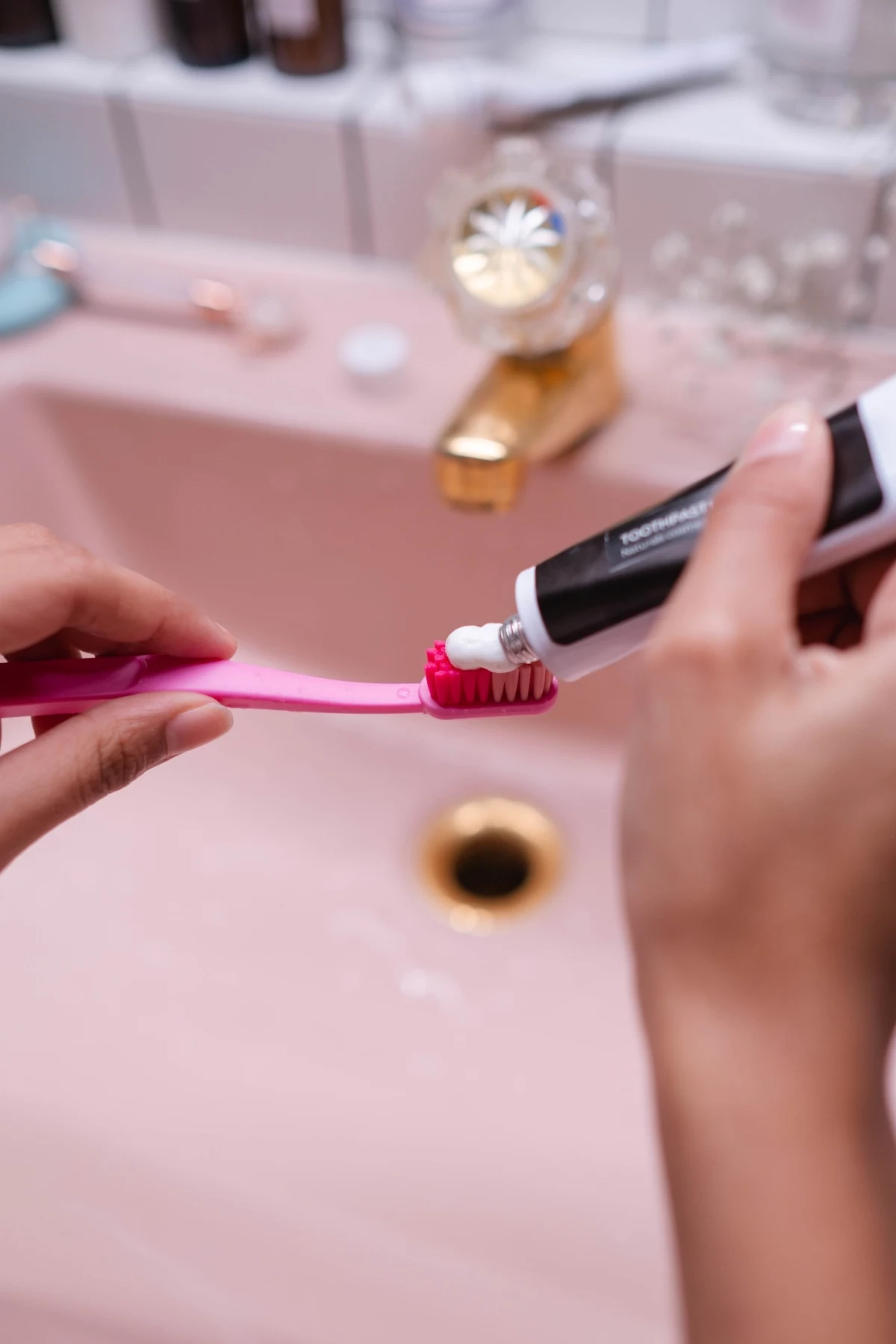
First Off, Does the Type of Toothpaste Matter?
Let’s get this out of the way, because it’s a huge point of confusion. People always wonder if they should use a basic white paste or one of those fancy blue gels with whitening crystals.
To be frank, if you’re attempting any of these hacks, a plain, cheap, solid white paste is the only option. Why? Because it’s the most straightforward formula. The gel types, or those with colorful stripes and glittery specks, contain extra dyes and sometimes different types of silica that can stain fabrics or leave weird residues. Whitening toothpastes often have chemical agents like peroxide that can bleach things unpredictably. So, for the sake of discussion, we’re talking about basic white paste. But as you’ll see, even that is usually a bad idea.
So, What’s Actually in That Tube?
To really get why these hacks can go so wrong, you need a quick peek at the ingredient list. Most toothpastes are a precise cocktail of stuff, each with a very specific job.
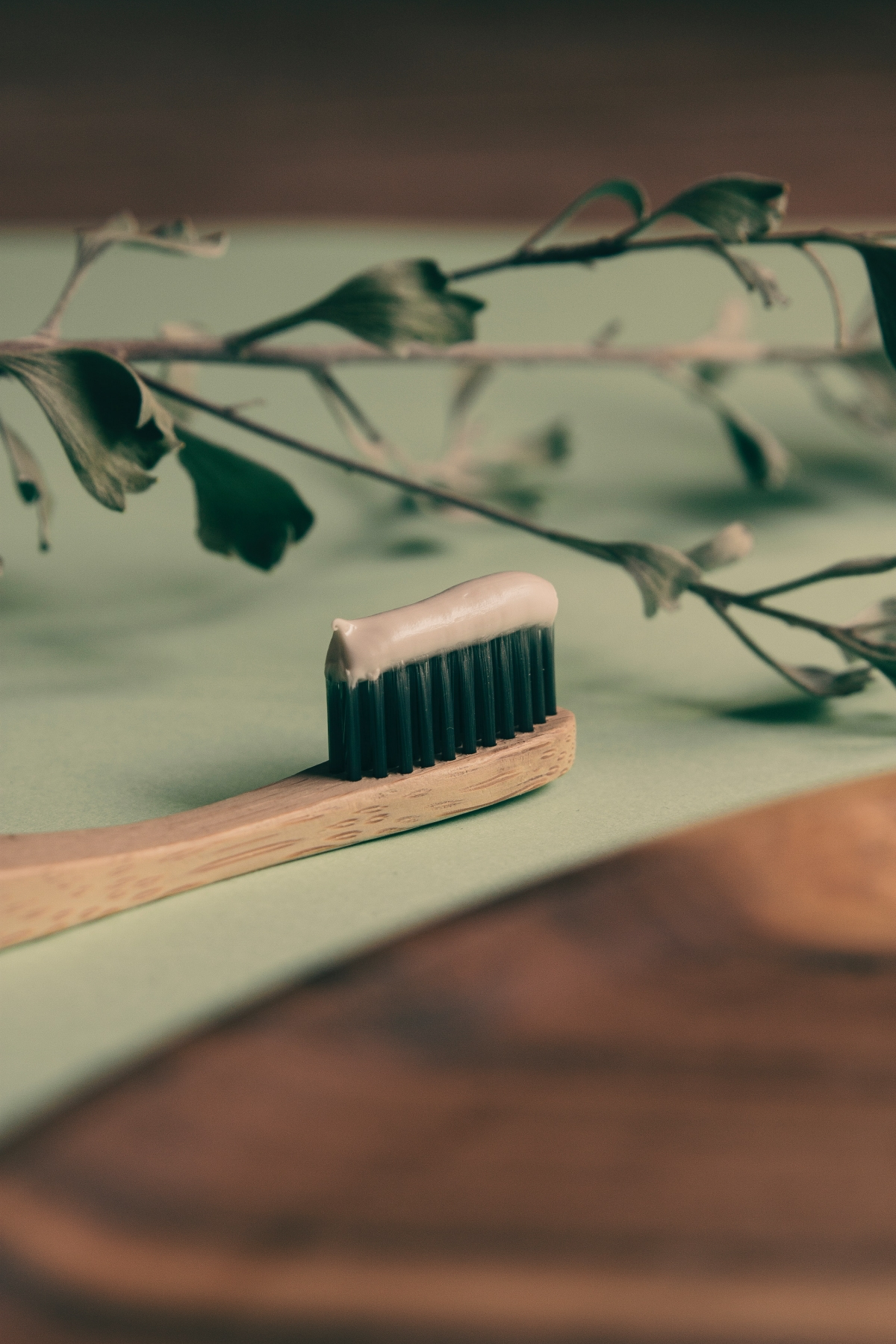
- Abrasives (The Gritty Stuff): This is the main event, making up a huge chunk of the paste. Ingredients like hydrated silica or calcium carbonate are designed to physically scrub plaque off your teeth. Fun fact from the lab: We measure hardness on something called the Mohs scale. Your tooth enamel is a solid 5, while these abrasives are around a 3 or 4. This means they’re tough enough to clean but not hard enough to scratch your enamel. This single detail is the key to understanding why toothpaste can both polish and destroy other, softer surfaces.
- Humectants (The Moisture Keepers): Glycerin and sorbitol are in there to keep your toothpaste from turning into a dry brick if you forget the cap. They’re great for that, but on other surfaces, they can leave behind a sticky film that actually attracts more dirt.
- Surfactants (The Foam): The ingredient Sodium Lauryl Sulfate (SLS) is what makes the foam when you brush. It’s a detergent, and it’s great at lifting away debris. Heads up, though: SLS is also a well-known skin irritant. In dermatological testing, scientists actually use SLS to deliberately cause skin irritation to test how well calming lotions work. That’s a pretty big red flag, right?
- Fluoride: This is the active medicinal ingredient that helps strengthen your teeth.
- Other Stuff: You’ve also got binders that hold it all together, flavorings like mint, and in some pastes, specialty ingredients for whitening or tartar control. These are all extra variables you don’t want in your DIY project.
Now, let’s look at the hacks one by one.
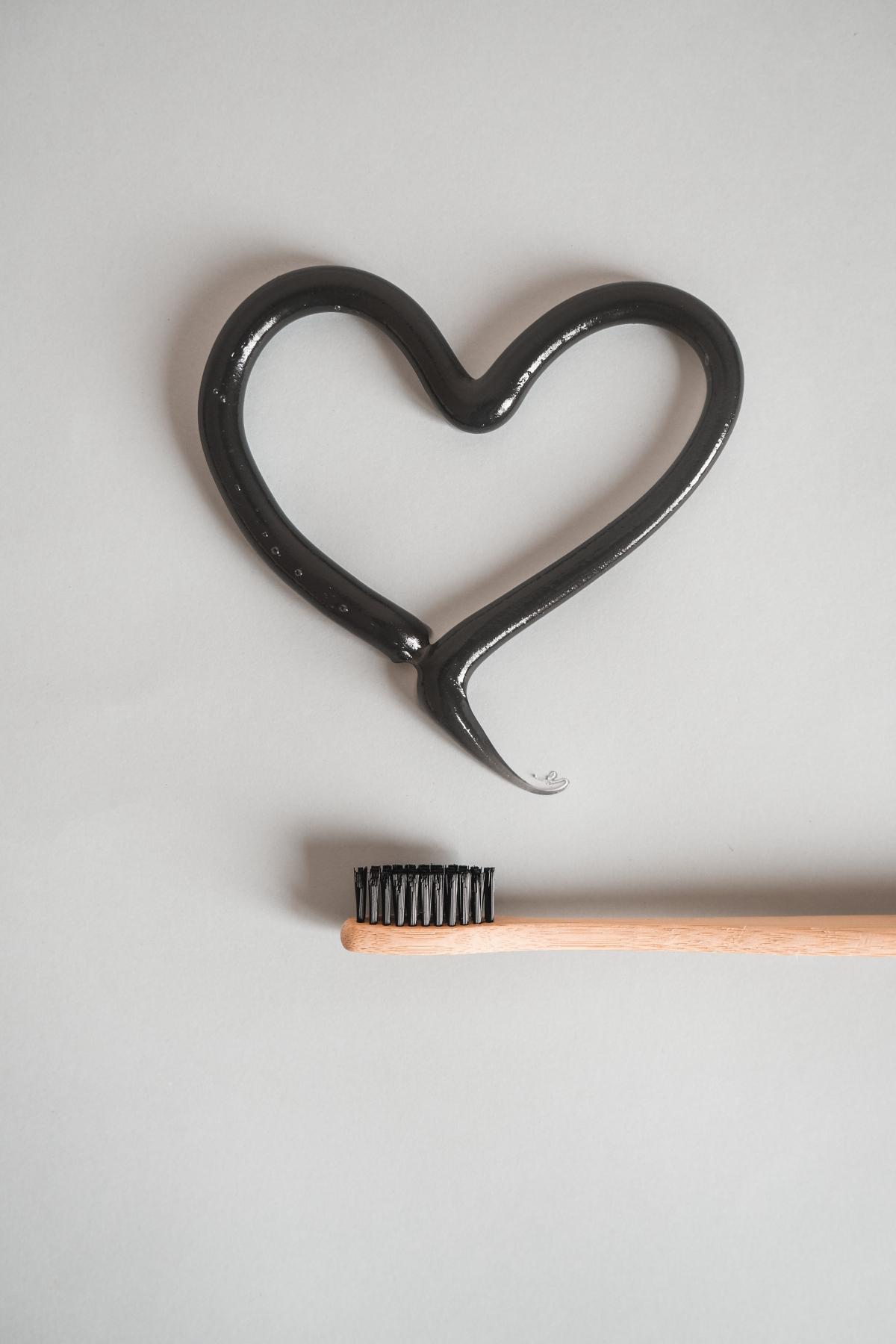
Claim 1: Spot Treatment for Pimples
This is probably the most popular—and most dangerous—toothpaste hack out there. The idea is to dab a little on a pimple to dry it out overnight.
A Professional’s Warning: Please, Just Don’t.
I can’t stress this enough: do not put toothpaste on your skin. Your skin has a delicate, protective layer that’s naturally slightly acidic. Toothpaste is alkaline (the opposite) to neutralize acid in your mouth. Putting it on your face messes up that protective barrier, opening the door for more irritation and bacteria.
The real issue, though, is applying those abrasives and SLS to already inflamed skin. It’s like rubbing sand and harsh detergent into a cut. It can lead to chemical burns, scarring, and dark spots that last way longer than the original pimple. I once had a young apprentice who tried this before a big event and ended up with a small burn that took weeks to heal. A tough lesson in chemistry.
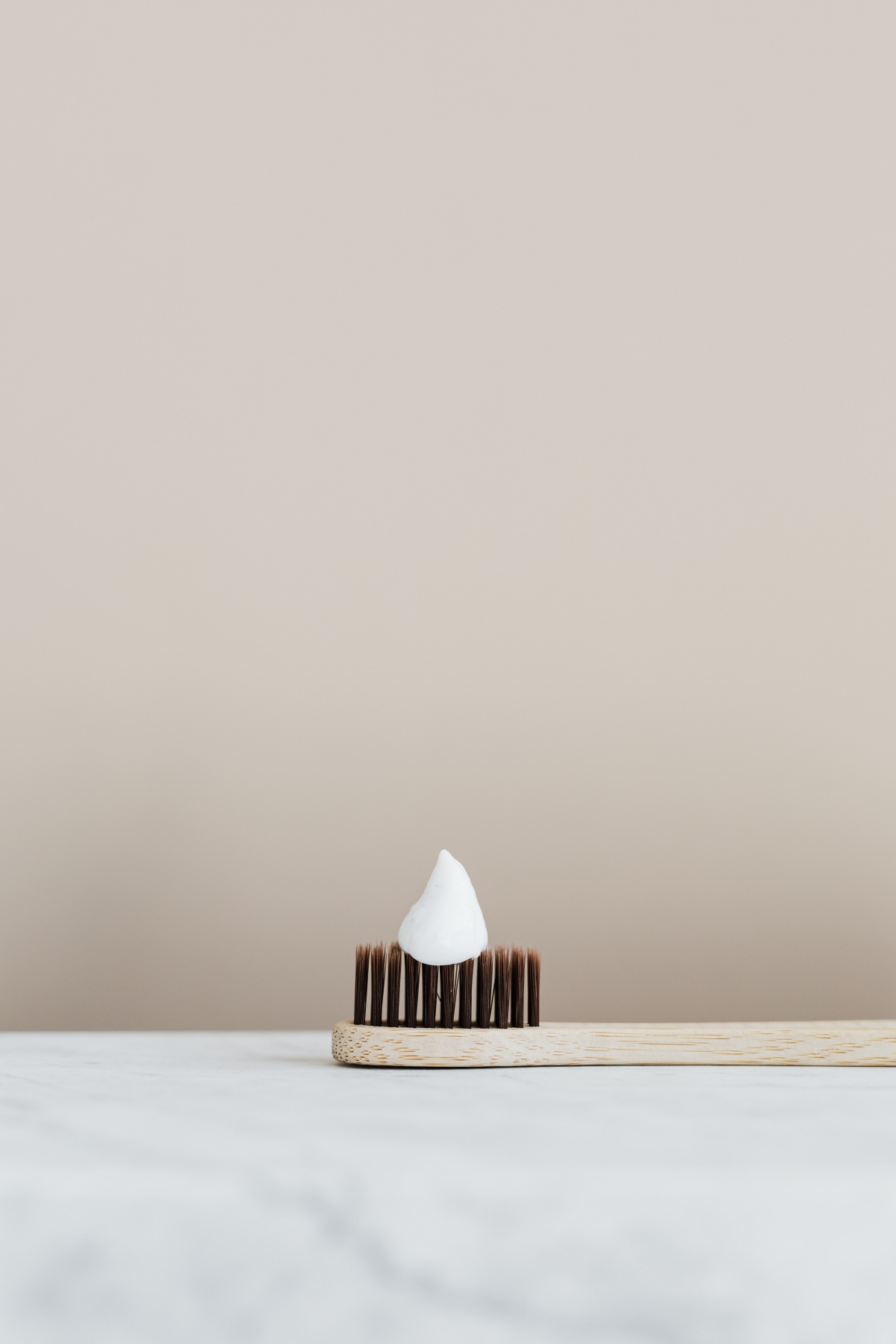
A Better, Safer Solution:
Instead, grab something actually made for skin. Hydrocolloid patches are amazing. They cover the spot, pull out all the gunk, and create a healing environment. You can get a pack of 24 for about $8 at any drugstore or supermarket. For active zapping, a spot treatment with salicylic acid or benzoyl peroxide is formulated at the right pH and will do the job safely.
Claim 2: Polishing Car Headlights
This is a YouTube classic. You rub toothpaste on foggy, yellowed plastic headlights to make them clear again. And… it actually works. Temporarily.
The Science: Mechanical Sanding
Modern headlights have a UV-protective clear coat that breaks down over time, causing the plastic underneath to oxidize and turn yellow. Toothpaste works because its tiny abrasives physically sand off that top layer of oxidized plastic. It’s basically a super-fine sandpaper.
A Professional’s Warning: A Temporary Fix That Causes Long-Term Problems.
Here’s the catch. When you sand off the yellowing, you also remove the last remnants of that factory UV coating. You’ve just exposed the raw plastic to the sun. Without protection, it’s going to turn yellow again, often much faster—I’ve seen it happen in as little as 3-6 months.
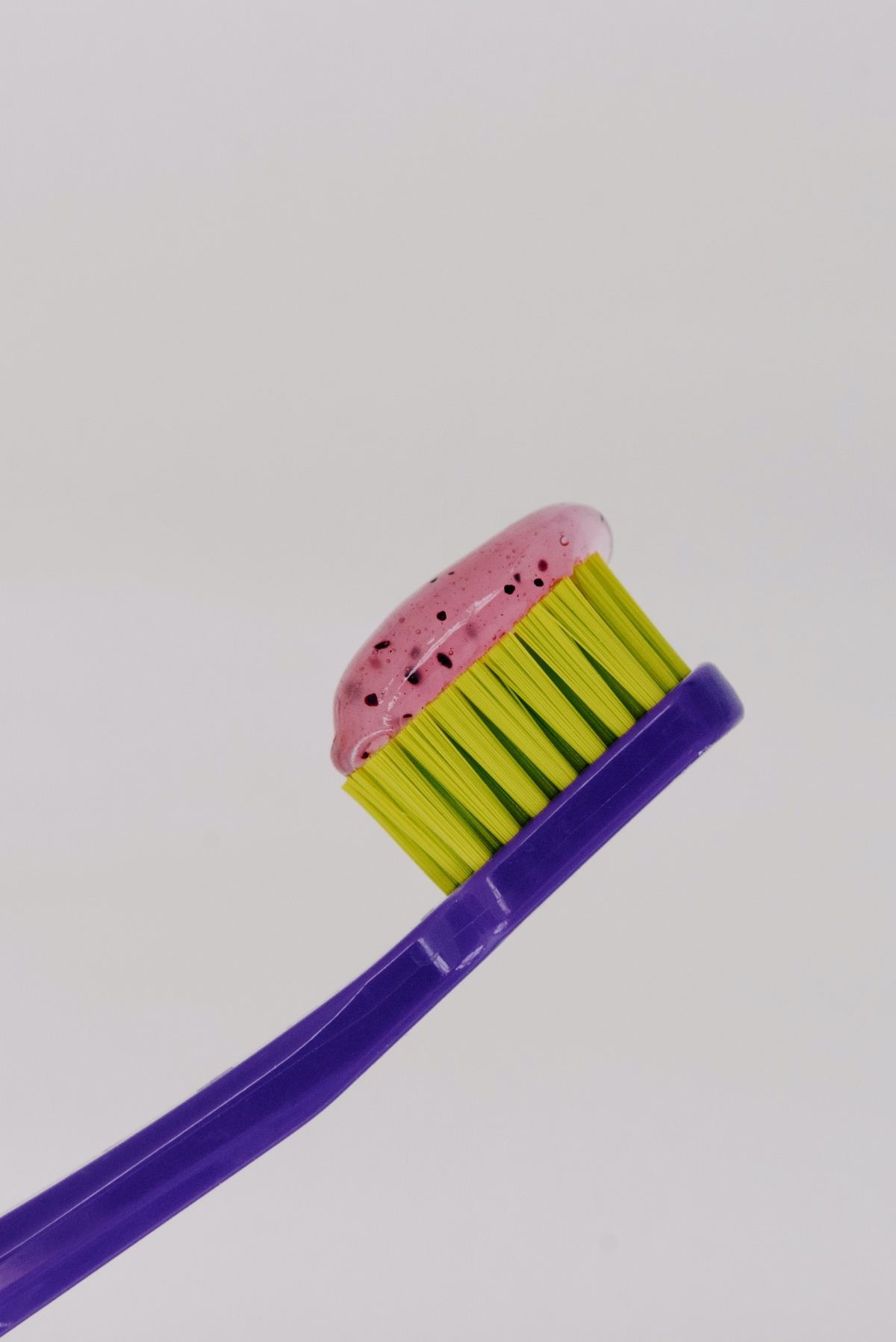
Let’s compare the two methods. The toothpaste hack will cost you about $2 and take 15 minutes, but the results are short-lived, and you’re actually making the underlying problem worse. The right way is to use a dedicated headlight restoration kit. A good one from an auto parts store will run you between $25 and $40. It’ll take about an hour and a half, but the results will last for years because it includes the most crucial step: applying a new UV-protective sealant. It’s more work, but it’s a real, lasting repair.
Claim 3: Polishing Silver
Another old-school tip is to use toothpaste to shine up tarnished silver. Again, it seems to work, but at a cost.
A Professional’s Warning: You’re Rubbing the Silver Away.
Tarnish is silver sulfide, a chemical layer. Toothpaste just scrubs it off. The problem is that every time you use an abrasive, you’re not just removing the tarnish—you’re removing a microscopic layer of the actual silver. On a solid silver piece, it might take a while to notice. But on silver-plated items? You can easily wear right through the plating to the cheaper base metal underneath, ruining the piece forever.
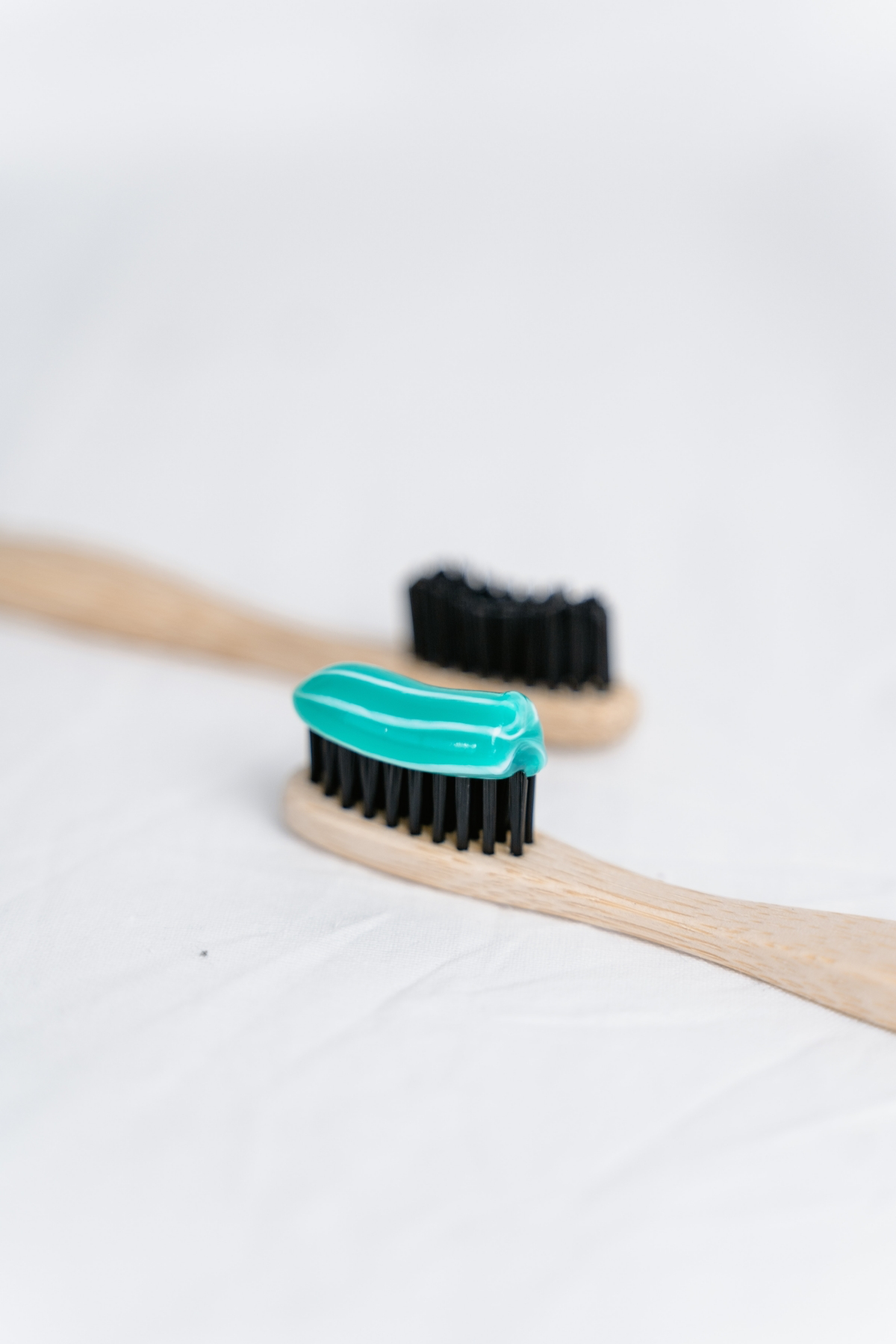
The Pro Solution: A Cool Science Hack That Actually Works!
Instead of rubbing your silver away, try this non-destructive method. It’s a cool little science experiment you can do right in your kitchen.
- Line a glass bowl or pan with a sheet of aluminum foil.
- Place your silver items inside, making sure they’re touching the foil.
- Pour in enough hot water to cover everything.
- Stir in 2-3 tablespoons of baking soda.
You’ll see some fizzing, and you might smell a faint sulfur scent. After about 10-15 minutes, the tarnish will have magically transferred from the silver to the foil! No scrubbing, no metal loss. Just rinse and dry. Quick Tip: Don’t use this hot water method on jewelry with glued-in or delicate stones like pearls, opals, or turquoise, as the heat and chemicals can damage them.
Claim 4: Removing Stains from Clothes
This one is a huge gamble. The logic is that the detergents and abrasives in toothpaste should lift stains. Sometimes they do, but they can also create a much bigger mess.
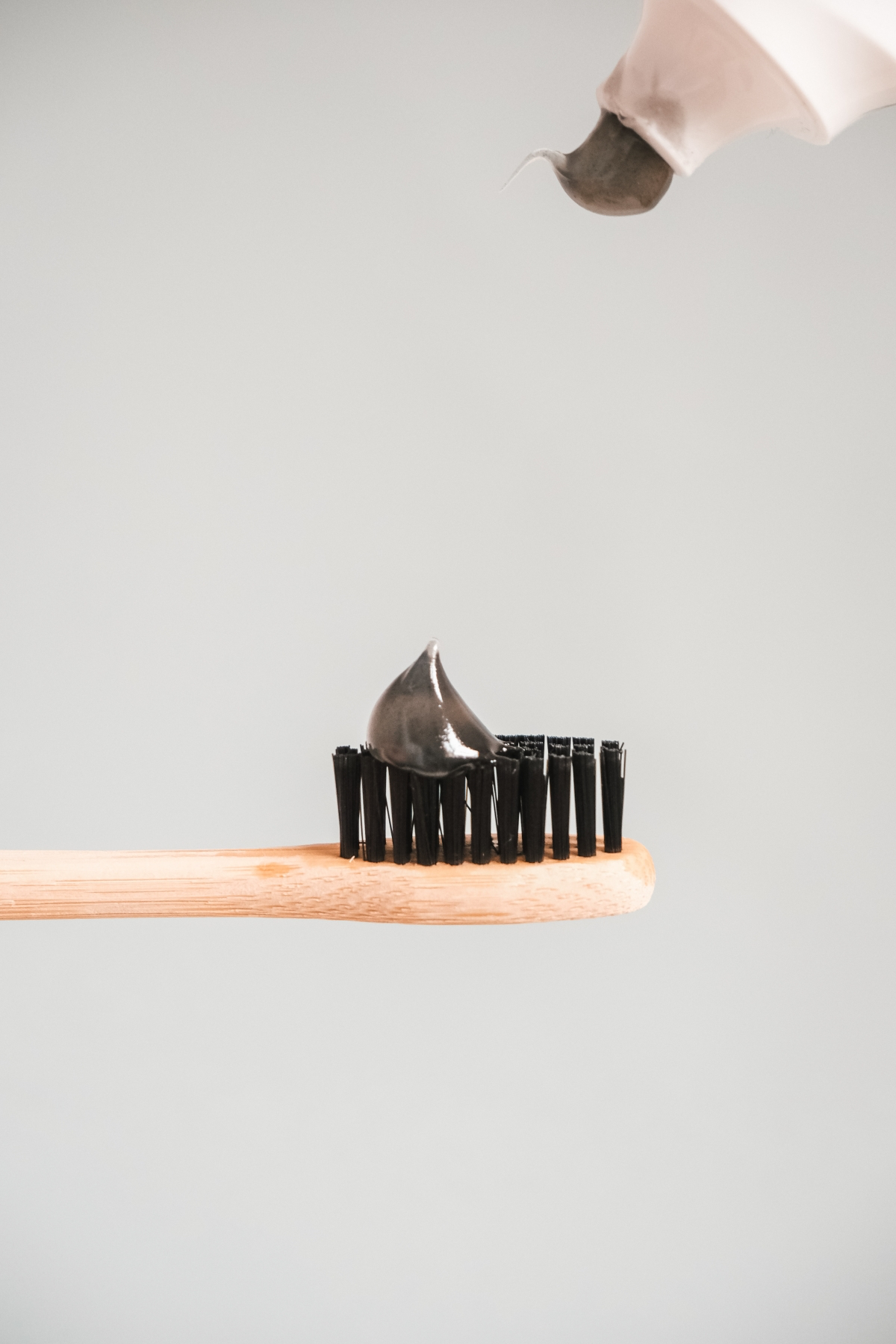
A Professional’s Warning: Too Risky.
The abrasives can fray and weaken fabric fibers, leaving a worn patch. Even worse, if you use a blue or green gel paste, the dyes can easily set into your clothes, creating a brand-new stain. The sticky ingredients can also leave a residue that attracts dirt. It’s just not worth it.
A Better Solution:
Use the right tool for the job. A little blue dish soap is fantastic on greasy stains. For ink, dabbing with rubbing alcohol usually does the trick. For organic stuff like grass or blood, an enzyme-based stain remover is your best friend. All of these are cheap and available everywhere.
Claim 5: Cleaning White Shoe Soles
Okay, this is probably the most effective and least harmful of all the toothpaste hacks. Using an old toothbrush and some paste to scrub the white rubber sides of your sneakers can work surprisingly well.
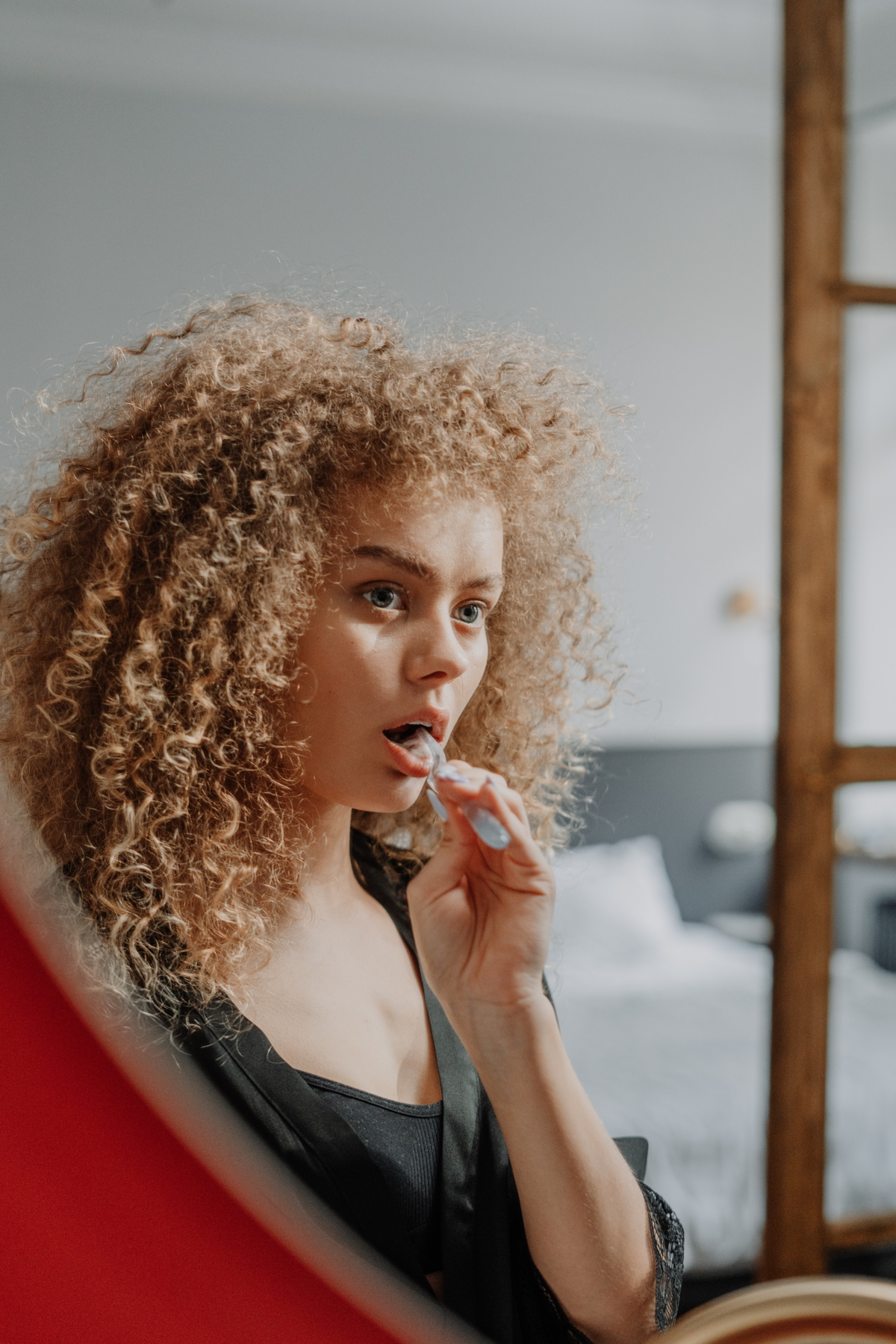
A Professional’s Assessment: It Works, But Be Careful.
I’ll confess, I’ve done this myself. I was on a trip once, scuffed my favorite sneakers right before a meeting, and had nothing else on hand. It saved the day! The rubber is tough enough to handle the abrasion. However, you have to be super careful not to get the paste on any leather, suede, or canvas parts of the shoe, as it can stain or dry them out.
A Better, Easier Solution:
Honestly, a magic eraser (melamine foam) works even better and is less messy. You can get a pack for a few dollars at any grocery store, and it will scrub those soles clean in seconds without risking your shoe’s upper.
Claim 6: Mosquito Bite Relief
The final hack: dabbing toothpaste on a mosquito bite to stop the itch.
The Science: A Neurological Trick
The itch from a bite is an allergic reaction. The cooling sensation from menthol or mint oil in the toothpaste can temporarily distract your nerves from the itch signal. It’s a neat trick, but it’s not a real solution.
A Professional’s Warning: Irritating an Irritation.
You might get a moment of relief, but you’re also applying SLS, abrasives, and other potential irritants to already inflamed skin. You’re likely to make the whole area redder and itchier in the long run.
The Medically Sound Solution:
For a few bucks at the pharmacy, you can get a 1% hydrocortisone cream to reduce the actual inflammation, or some calamine lotion to soothe the itch. Even a simple cold compress works on the same cooling principle as menthol without any of the nasty side effects.
Final Thoughts From the Lab
Look, I get the appeal. Toothpaste is cheap, it’s right there in your bathroom, and it feels clever to find a new use for it. But it’s a specialized tool. Its unique blend of ingredients is perfectly formulated for tooth enamel, and that same formula makes it a poor—and often damaging—choice for almost everything else.
My honest advice? Save yourself the headache. A proper headlight kit or a good bottle of silver polish will always give you a better, safer, and more lasting result. Use your tools for their intended purpose. Your stuff will thank you for it.










